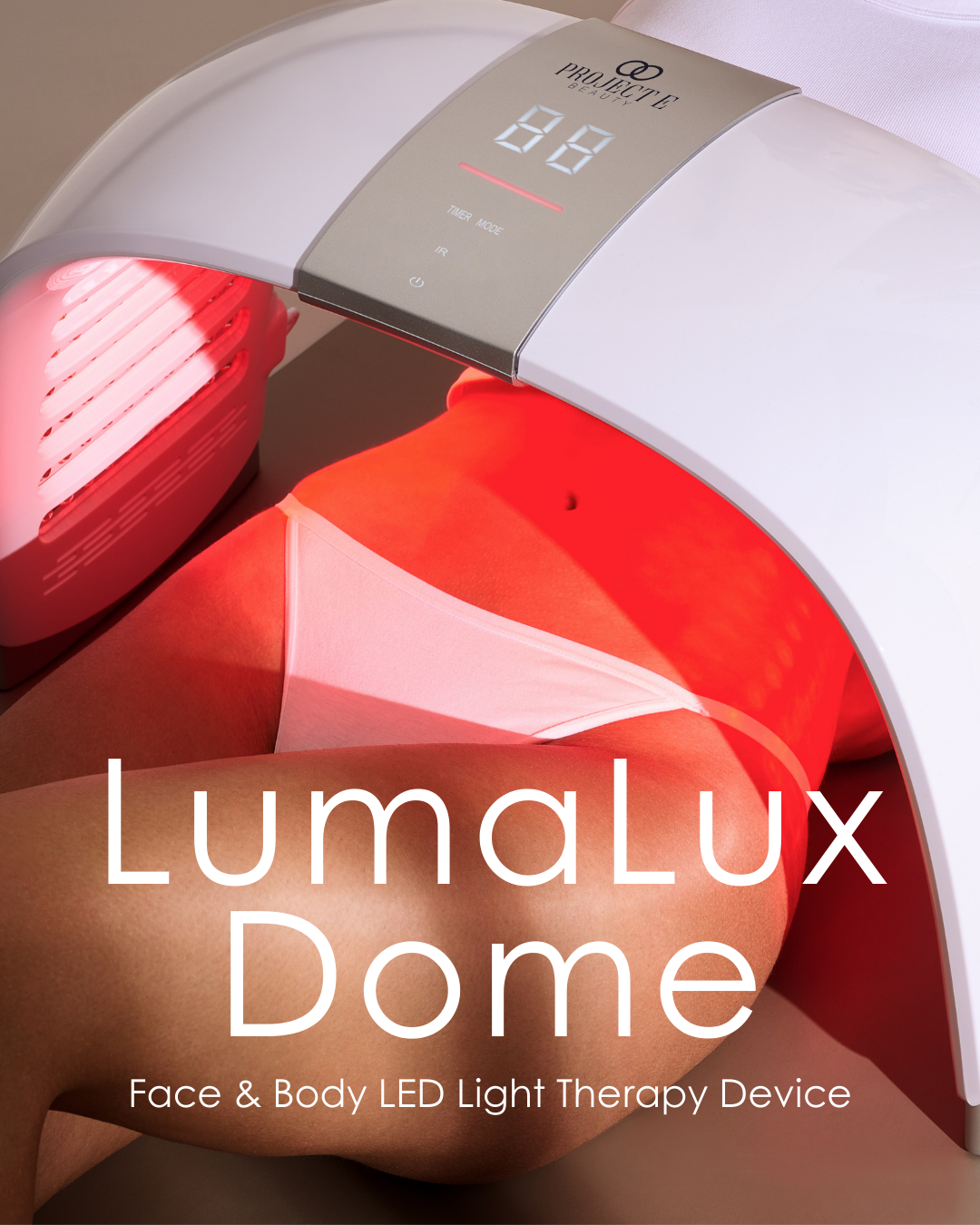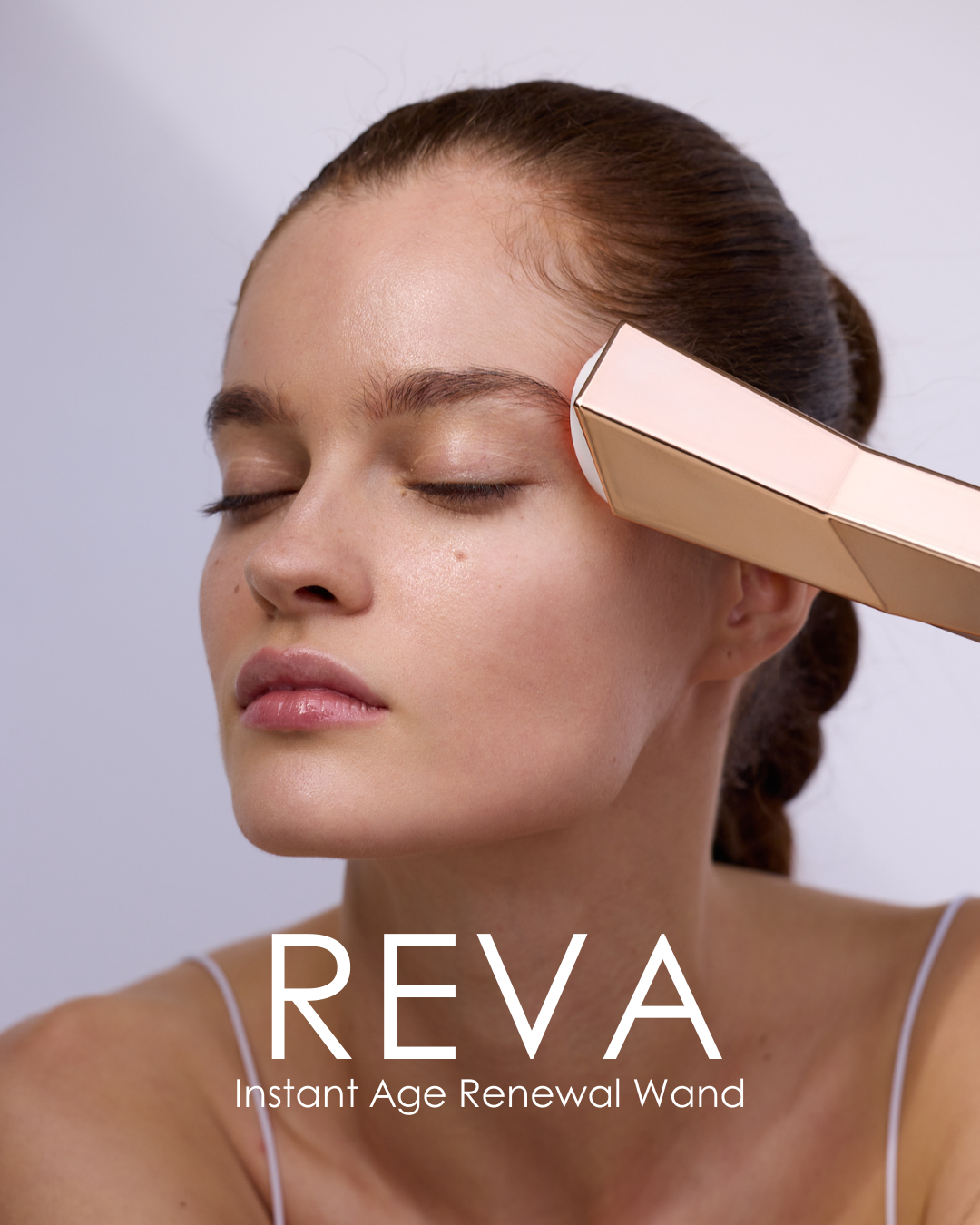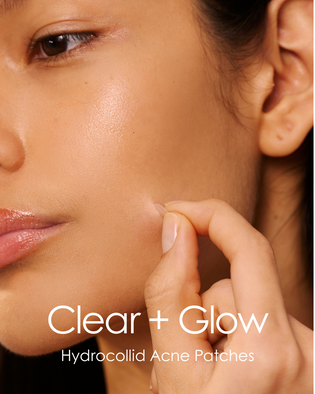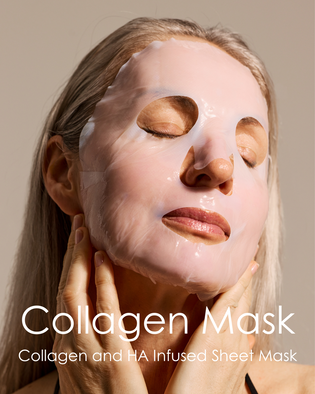
Does Red Light Therapy Protect From the Effects of UV Light?
IN THIS ARTICLE:
- 01 Does Red Light Therapy Protect From the Effects of UV Light?
- 02 Red Light vs UV Light For Skin: What is the Difference?
- 03 What Is the Difference Between Red Light and UV Tanning?
- 04 What Are the Benefits of Red Light Therapy?
- 05 What Are The Benefits of UV Light?
- 06 Can Red Light Help with Sun Damage?
- 07 Can Red Light Protect Us From the Effects of UV Light?
- 08 Can Red Light Replace SPF?
Does Red Light Therapy Protect From the Effects of UV Light?
Red light therapy is well established for its ability to reverse signs of aging and treat other skin issues such as acne, texture, and hyperpigmentation by triggering certain cellular responses within the skin. These processes include boosting the production of new collagen, regulating the production of oil and melanocytes (or melanin-producing cells), and destroying acne-causing bacteria. It is widely accepted that the full extent of LED light therapy on the cells is not yet fully understood. There is some emerging and promising evidence that LED light therapy treatments carried out before direct sun exposure have the potential to counteract or protect against the effects of photoaging caused by UV exposure. Below, we explore the science behind these claims and how we can harness the power of LED light to prevent and repair sun damage, particularly during the summer months.
Red Light vs UV Light For Skin: What is the Difference?
Many people wonder if red light is better than UV light, and the answer in terms of skin health and aging is yes. While light from the sun is essential for humans to survive and thrive by facilitating vitamin D synthesis among other things, harmful UV rays pose a significant threat to the skin and overall health, leading to sunburn, premature aging, skin cancer, and some eye damage. According to the American Cancer Society, 'UV (ultraviolet) radiation is a type of electromagnetic radiation. Like all radiation, UV radiation is energy that spreads as it travels. Exposure to UV, either from the sun or other sources, is a major risk factor for skin cancer.' Red light, on the other hand, is part of the visible light spectrum and does not contain these harmful UV rays. Red light wavelengths are between 600-700nm in length and deliver light energy directly to the skin cells without causing damage. In fact, they are proven to support cellular repair, boost essential skin proteins like collagen and elastin, and reduce inflammation. Red light is a 'lower energy' wavelength and therefore does not have the same potential for damage as UV light.

What Is the Difference Between Red Light and UV Tanning?
UV tanning with a sunbed or other device is distinct from red light therapy in that it uses UV radiation to stimulate melanin production and darken the skin. Also known as 'indoor tanning', this treatment harnesses the harmful UV radiation typically emitted from the sun to carry out its treatment. UV tanning significantly increases the risk of developing skin cancer, and according to the American Academy of Dermatology, indoor tanning can increase the risk of developing the two most common types of skin cancer, squamous cell carcinoma by 58% and basal cell carcinoma by 24%.

What Are the Benefits of Red Light Therapy?
The benefits of red light therapy are vast, and new research on the extent of its power is emerging every day. Its benefits span across the health and wellness space as well as into cosmetic beauty, skin aging, and prevalent skin conditions. Benefits include but are not limited to skin aging, acne, hyperpigmentation, wound healing, inflammation, muscle recovery and joint pain, mood and energy, eye health, brain health, circulation, hair growth, nerve health, mental health, and cognition. Here we examine the power of red light to act as a shield against UV damage and to promote skin healing.
LumaLux Face | Pro LED Light Therapy Mask
Our most advanced LED mask for deeper skin renewal - fine lines, acne, hyperpigmentation, skin texture
What Are The Benefits of UV Light?
UV light facilitates vitamin D synthesis to support proper calcium absorption and bone health. It also may help with the treatment of certain skin conditions, although UV-free light, such as red light, still remains the safer option. UV light also supports the immune system and plays a part in improving mood. We are all familiar with the feeling of mental energy that accompanies a sunny day; however, protecting the skin from damage with protective clothing and SPF remains important.
Can Red Light Help with Sun Damage?
It is well accepted in the world of red light research that red light wavelengths, particularly 630nm and 660nm wavelengths, can help to repair damaged cells. They support the production of new collagen.
Red light therapy can repair wounds 20% quicker and with less scarring. There are several studies on the ability of red and infrared light to support tissue repair and promote the growth of new healthy tissue.
Red light supports a process called phagocytosis, where it removes damaged cell tissue to make way for new, healthy tissue. Red light also boosts blood flow and oxygenation to deliver nutrients to repair damaged cells, stimulate the production of new collagen, connective tissue, and capillaries. Red light reduces the appearance of sun-induced wrinkles, texture, and sagging by reinforcing the structural integrity of the skin.
While the red light repair function is well established, its potential to actually protect against the impact of UV rays is under examination, with some promising results.
Can Red Light Protect Us From the Effects of UV Light?
One study conducted research to observe how LED light therapy affects the skin before UVB exposure. The study determined that Mice that received LED light before UV exposure had healthier-looking skin under the microscope, compared to those exposed to UVB without LED. Collagen and elastin, key proteins that keep skin firm and elastin, were stronger, denser, and better arranged in the LED-pretreated mice.
Without LED, UV exposure made these fibers weak, sparse, and disorganized, leading to more skin damage. This evidence strongly supports the hypothesis that red light stimulates the production of healthy skin fibres directly before UV exposure to prevent sun damage.
This study examined the power of infrared light therapy to naturally protect cells from UV light. The study also determines that the protective effect of infrared light can last up to 24 hours and is cumulative, meaning that the more infrared light sessions performed over time, the more protection that can be expected. Importantly, this study also determined that infrared light does not protect cell membranes from lipid peroxidation caused by UVA, so SPF, protective clothing, and other sun safety measures remain important for complete skin protection.

This study used 590nm wavelengths (technically classified as yellow light wavelengths but within the therapeutic window) to determine if treating the skin with light before UV exposure had any benefits. The study found that the yellow light treatment significantly reduced ROS levels, helping cells recover from oxidative stress. It also restored procollagen levels, reactivating the skin’s natural collagen-building processes that UVB had previously impaired. In addition, yellow LED therapy suppressed key aging and inflammation pathways by decreasing the phosphorylation (activation) of stress-related proteins such as JNK, c-Jun, and c-Fos. It further reduced MMP-9, an enzyme responsible for breaking down collagen, and lowered the levels of NF-κB and COX-2, two major contributors to inflammation and photoaging.
This in vivo human study also showed promising results, determining that 660nm red light significantly reduced sunburn-like redness, with 85% of participants showing at least one instance of >50% less redness on the LED-treated skin compared to untreated skin. It also shows that more LED sessions generally led to greater protection, suggesting the effect builds with repeated treatments. The LED-treated skin behaved as if it had SPF 15, providing meaningful UV protection even without sunscreen. (Sunscreen still remains an incredibly important step in protecting your skin from the sun). The red light treatment also reduced the chance of dark spots or hyperpigmentation forming after UV exposure, known for accelerating melanin production within the skin cells.
Can Red Light Replace SPF?
While the research is promising, LED treatments before sun exposure do not replace SPF, which is scientifically proven to block, absorb, or scatter UVA and UVB rays, which cause sunburn, skin damage, and skin cancer. SPF, protective clothing, and spending time in the shade should still be top of your priority list when spending time in the sun. Red light therapy before sun exposure should be seen as a complementary treatment, not a replacement for SPF. At Project E Beauty, during the summer months or period of prolonged sun exposur,e we like to change our LED light therapy treatments to fit into our morning skincare routine and apply SPF as the last step of our routine for maximum skin protection.

written by Sophie Flair













Leave a comment
This site is protected by hCaptcha and the hCaptcha Privacy Policy and Terms of Service apply.